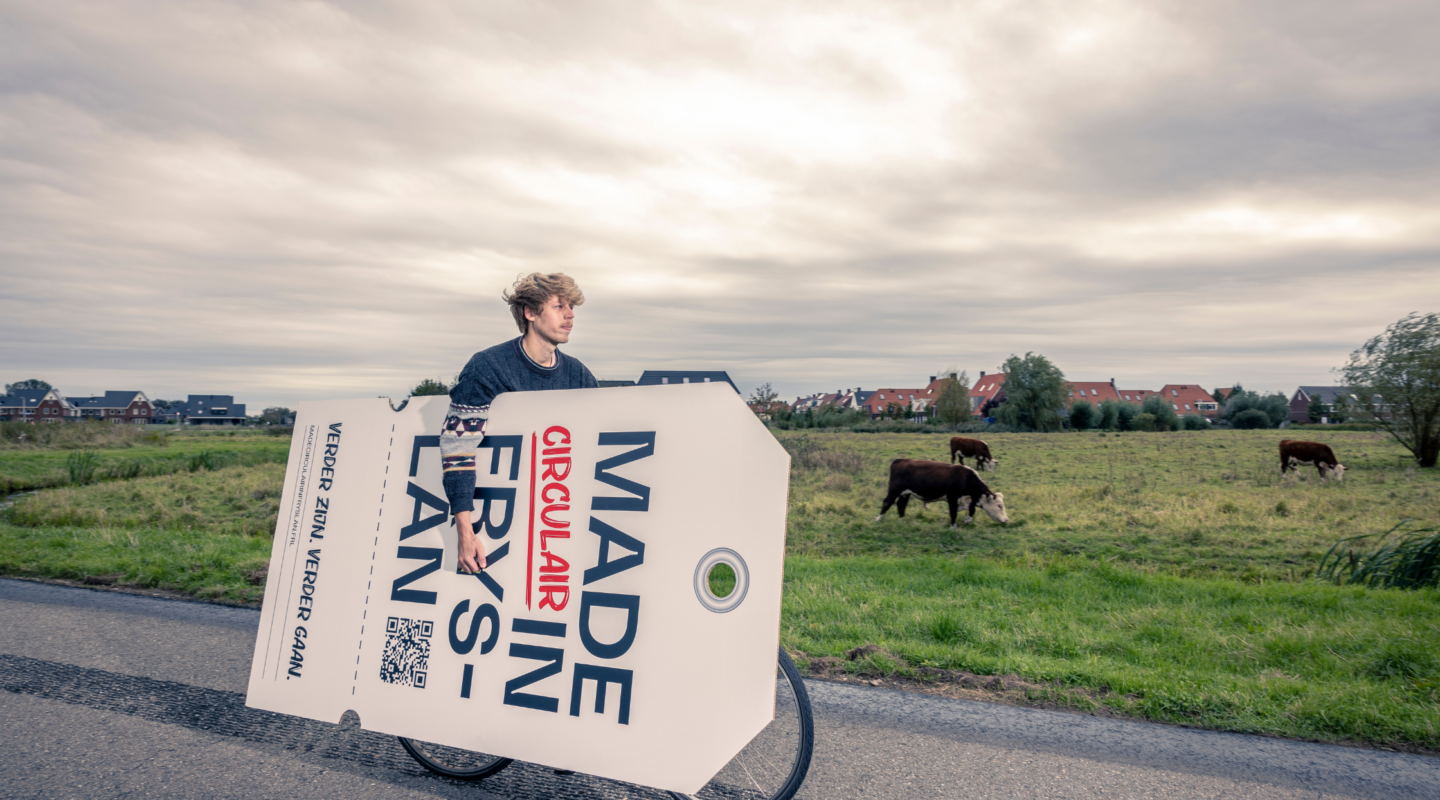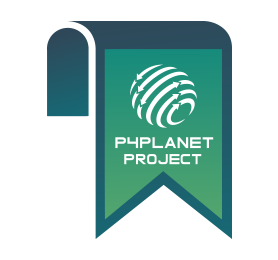The Dutch province of Friesland has set an ambitious goal: to become the most circular region in the European Union by 2025. Rooted in a strong tradition of collaboration, the region’s approach is fostering industrial symbiosis and innovation by bringing together businesses, policymakers, and research institutions to exchange resources and close material loops.
We spoke to Sander Bos, project lead and strategic advisor for circular economy and European affairs at Province of Friesland, to learn more about the region’s journey to circularity, the challenges encountered, and lessons learned along the way.
Q: What is the economic and industrial context in Friesland, and how does industrial symbiosis fit in?
Friesland is home to several important sectors, such as agriculture, dairy, and construction. We also have a manufacturing industry, mostly consisting of smaller companies, with few exceptions like Philips. Research and development are also quite developed, although they do not create many jobs directly, as they focus more on high-tech innovation.
We have several examples of industrial symbiosis. One is the valorisation of nutrients from sludge or other bio-residues used in agriculture, reducing the need for harmful fertilizers. Another example is wastewater treatment, where human waste is processed and returned as nutrients for soil. Additionally, we generate district heating from bio-waste collected across the region.
We are also piloting circular business parks, connecting companies scattered throughout the region, so that they can exchange materials and by-products.
Q: How did this journey start?
Our journey towards circular economy started around ten years ago, with a material flow analysis. It gave us a comprehensive understanding of where and how materials move through the province, helping us identify the areas with the greatest economic and environmental impact. From there, we started planning and bringing together all key actors to explore how we could improve efficiency and circularity.
Q: What is the province’s role in fostering industrial symbiosis?
Our primary role is as an orchestrator, bringing different actors to the table. We create a space to facilitate collaboration and connect the dots, either directly or through other entities such as Circular Friesland.
Our most important role, however, is to help create a shared vision and the trust needed to achieve it. In Friesland, we tend sometimes to be content with what we have, so it’s important to have champions within the ecosystem that are willing to push forward and say, “we are good at this, we can achieve this, and we need to”. As a public authority, we help identify and support these ambassadors.
We also have a dual role, as member of Circular Friesland, so we participate in circular economy both as an actor and by guiding its strategic direction.
Q: What are the main challenges facing industrial symbiosis in the region?
There are challenges both for the province, as facilitator, and for industrial symbiosis more broadly.
For us, working in public-private partnerships can be challenging, as we have this dual role of being both a player and an orchestrator. As a governmental organisation, we’re affected by political changes that may shift priorities. It is not easy to align short-term goals with long-term ambitions, balancing the local, national and EU level.
For industrial symbiosis, the most significant challenges are structural. For instance, virgin plastic is much cheaper than recycled plastic, so it can be hard to make a business case for it. Legislation is not always straightforward and many companies would benefit from simpler, more ambitious regulations. One example is the distinction between consumer and industrial waste, which means that a lot of company waste is being incinerated rather than re-used. Finally, innovation itself requires time and investment.
Q: What would be your advice to other regions starting the journey towards industrial symbiosis?
What we have learned is to go where the energy is. Focus on the people who are really willing to do something. Don’t invest too much time, money and energy in building everything from scratch. In the end, industrial symbiosis is about benefitting society, so you should invest in people.
It’s also crucial to balance technical knowledge with softer skills. Create a story, a vision that people can rally around, and work together towards. I think this is one of the best tools at our disposal.
Are you interested in learning more about industrial-urban symbiosis and joining a community of like-minded professionals? We invite you to join the Hubs4Circularity Community of Practice, a free platform to share knowledge, tools and opportunities to progress together towards industrial and industrial-urban symbiosis and circular value chains. Sign up at www.h4c-community.eu.


